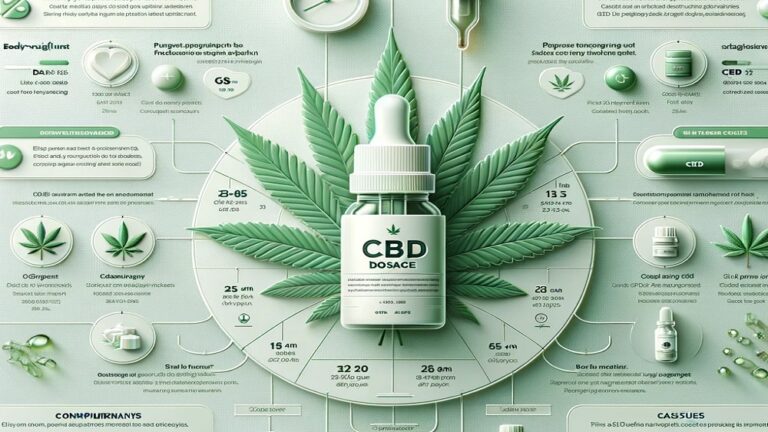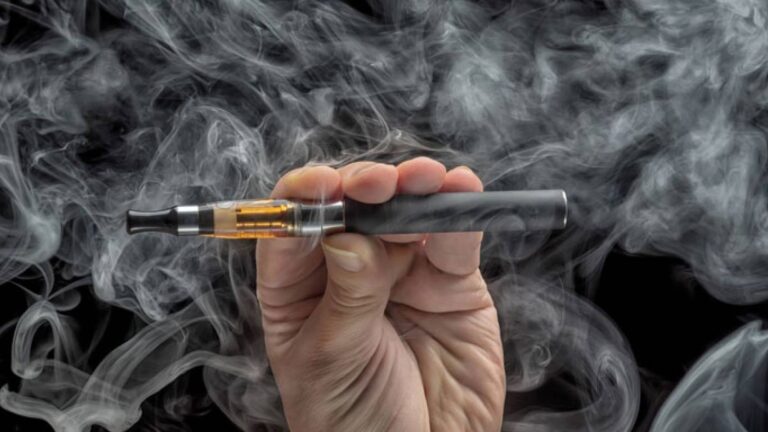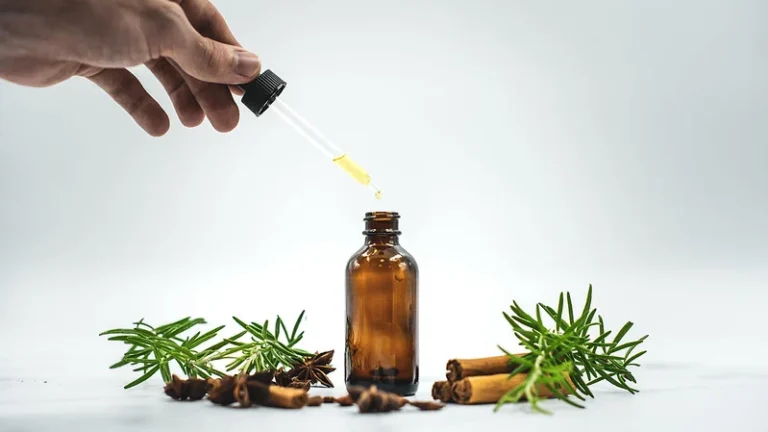
Unlocking the Benefits: The Best Ways to Take CBD Oil for Optimal Results
Cannabidiol (CBD) oil has surged in popularity as a natural remedy for various health concerns, including anxiety, pain, and sleep disturbances. Its non-psychoactive nature makes it an appealing option for those seeking relief without the “high” associated with THC. However, with multiple consumption methods available, beginners may find it challenging to determine the best way to take CBD oil. This comprehensive guide explores the various methods to consume CBD oil, best practices for each, and the optimal times to take it to maximize its potential benefits. Whether you’re new to CBD or looking to refine your routine, this article will help you navigate the process with confidence.
Understanding CBD Oil
Before exploring how to take CBD oil, it’s essential to clarify what it is and how it differs from other hemp-derived products. CBD oil is extracted from the flowers, leaves, and stalks of the hemp plant, a variety of Cannabis sativa containing less than 0.3% THC, the psychoactive compound found in marijuana. This low THC content ensures CBD oil does not produce a high, making it suitable for therapeutic use.
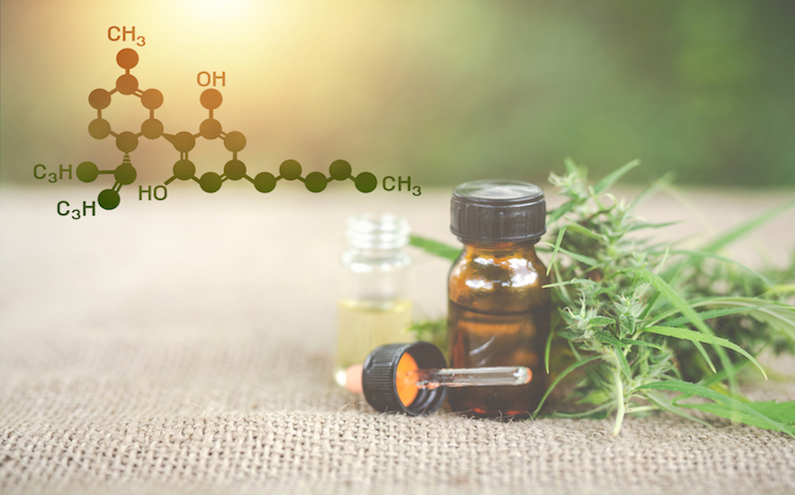
In contrast, hemp seed oil, sometimes referred to as “hemp oil,” is derived from the seeds of the hemp plant and contains little to no CBD. It is primarily used for its nutritional benefits, such as omega fatty acids, and is not typically used for the same therapeutic purposes as CBD oil. Given the focus of this guide on wellness applications and keywords like “how to take CBD oil” and “best way to consume CBD,” we will concentrate on CBD oil, but it’s worth noting the distinction to avoid confusion when purchasing products. Always check product labels to confirm you’re getting CBD oil, not hemp seed oil.
CBD oil is celebrated for its potential to alleviate symptoms of anxiety, chronic pain, and insomnia, among other conditions. While research is ongoing, studies suggest CBD interacts with the body’s endocannabinoid system to regulate mood, pain, and sleep responses.
Methods to Take CBD Oil
There are several ways to consume CBD oil, each offering unique advantages depending on your needs and preferences. Below, we outline the most common methods, their benefits, and considerations for use.
1. Sublingual (Under the Tongue)
The sublingual method involves placing a few drops of CBD oil under your tongue using a dropper and holding it there for 60-90 seconds before swallowing. This allows the CBD to be absorbed directly into the bloodstream through the mucous membranes, bypassing the digestive system for faster effects.
- Benefits: Effects are typically felt within 15-30 minutes, making this method ideal for those seeking quick relief from anxiety or pain. It’s also easy to control dosage with a dropper.
- Considerations: The earthy taste of CBD oil may be off-putting for some. Mixing it with a small amount of honey or juice can help mask the flavor.
2. Oral Ingestion
CBD oil can be ingested by adding it to food or beverages, such as smoothies, coffee, or salad dressings. Alternatively, CBD is available in pre-measured forms like capsules or edibles (e.g., gummies), which are swallowed like any supplement.
- Benefits: This method is convenient and discreet, especially for those who dislike the taste of CBD oil. Capsules and edibles provide consistent dosing, making them beginner-friendly.
- Considerations: Effects take longer to manifest, typically 30 minutes to 2 hours, as the CBD must pass through the digestive system. The bioavailability (amount absorbed by the body) is also lower compared to sublingual use.
3. Topical Application
CBD-infused creams, balms, or lotions can be applied directly to the skin to target localized issues, such as muscle soreness, joint pain, or skin conditions like eczema. Unlike other methods, topicals do not enter the bloodstream, so their effects are confined to the application area.
- Benefits: Ideal for addressing specific areas of discomfort without systemic effects. It’s also easy to incorporate into skincare routines.
- Considerations: Topicals are not suitable for conditions requiring systemic relief, such as anxiety or insomnia.
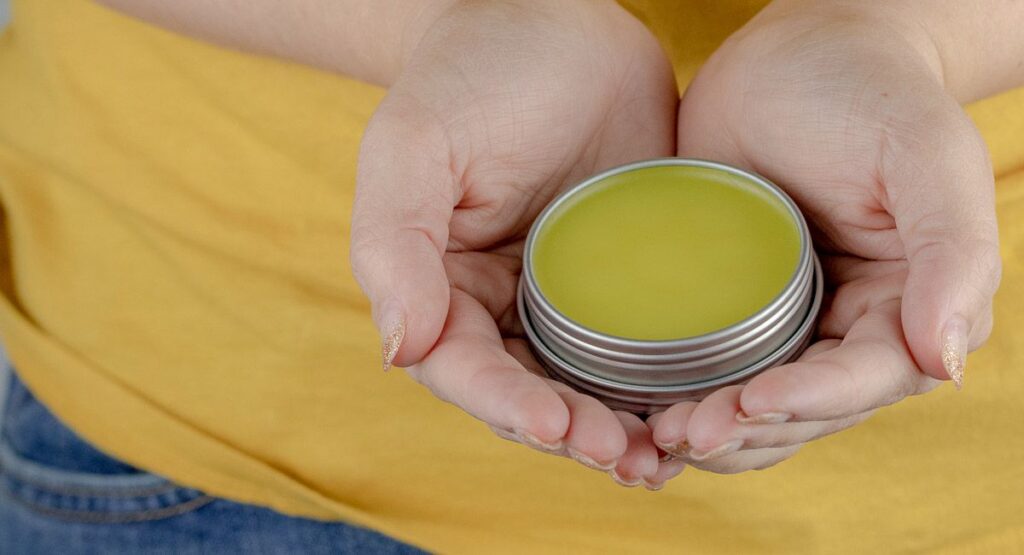
4. Inhalation
Inhalation involves using a vaporizer to inhale CBD oil or hemp flower specifically formulated for vaping. This method delivers CBD directly to the lungs, allowing for rapid absorption into the bloodstream.
- Benefits: Effects are felt almost immediately, making it suitable for acute symptoms like sudden anxiety or pain.
- Considerations: Only use CBD products designed for inhalation, as oral CBD oil may contain additives unsafe for vaping. Vaping also carries potential respiratory risks, so consult a healthcare professional before choosing this method.
5. Skincare and Cosmetics
CBD can be incorporated into skincare products like serums, moisturizers, or masks, offering potential anti-inflammatory and antioxidant benefits for the skin.
- Benefits: May help with conditions like acne or inflammation when applied topically. It’s a seamless addition to existing skincare routines.
- Considerations: Like other topicals, effects are localized and not suitable for systemic issues.
Best Practices to Take CBD Oil
To maximize the effectiveness and safety of CBD oil, follow these best practices:
- Start Low and Go Slow: Begin with a low dose, such as 5-10 mg per day, especially if you’re new to CBD. Gradually increase by 2-5 mg every few days until you find the minimum effective dose for your needs.
- Measure Accurately: For subling Ascertain the potency of your CBD oil (e.g., 5% = 5 mg CBD per ml, 10% = 10 mg CBD per ml) and use the dropper to measure precise doses. For example, a 10% CBD oil bottle with 1,000 mg CBD in 10 ml means 1 ml (approximately 20 drops) contains 100 mg CBD, so 1 drop contains about 5 mg.
- Consistency: Take CBD at the same times daily to maintain steady levels in your system, which can enhance its effectiveness.
- Quality Matters: Choose high-quality CBD products from reputable suppliers with third-party lab testing to ensure purity and potency. Check for a Certificate of Analysis (COA) to verify CBD content and absence of contaminants.
- Proper Storage: Store CBD oil in a cool, dry place, preferably in its original packaging, to preserve its potency and shelf life.
- Avoid Inhaling Oral CBD Oil: Never use oral CBD oil in a vaporizer, as it may contain unsafe additives. Use only inhalation-specific formulations.
When to Take CBD Oil
The best time to take CBD oil depends on the condition you’re addressing and your lifestyle. Here are some guidelines based on common uses:
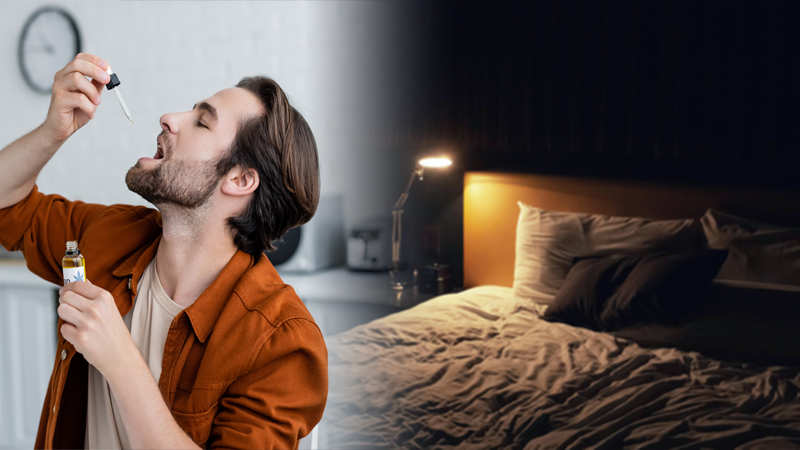
- For Anxiety: Take CBD as needed, such as 30-60 minutes before a stressful event (e.g., public speaking or a social gathering) for acute relief, or daily for general anxiety management. Low doses (5-20 mg) may be stimulating, while higher doses can be calming.
- For Pain: Apply topically for localized pain (e.g., sore muscles) or take orally for systemic relief (e.g., chronic pain). Many users find morning and evening doses effective for consistent relief.
- For Sleep: Take CBD oil 30-60 minutes before bedtime to promote relaxation and improve sleep quality. Higher doses (20-40 mg or more) may have sedative effects, making them suitable for nighttime use.
- For General Wellness: Incorporate CBD into your daily routine, such as in the morning to start the day calmly or in the evening to unwind. Consistency is key for long-term benefits.
The timing can also depend on the method of consumption. Sublingual and inhalation methods act quickly, while edibles and capsules take longer, so plan accordingly. For example, if using edibles for sleep, take them 1-2 hours before bed to account for slower onset.
Take CBD Oil Dosage and Safety
Determining the right CBD dosage is highly individual and depends on factors like body weight, condition severity, and personal body chemistry. Beginners should start with 5-10 mg per day, taken in 1-3 doses, and increase gradually by 2-5 mg every few days if needed. Moderate users typically take 20-40 mg daily, while experienced users addressing severe conditions (e.g., insomnia) may use higher doses, up to 150-600 mg, though this should be done under medical supervision.
CBD is generally well-tolerated, but potential side effects include diarrhea, changes in appetite, fatigue, or drowsiness. If you experience these, reduce your dose or consult a healthcare professional. CBD can interact with certain medications, such as those metabolized by the liver, so always consult a doctor if you’re taking other drugs. The FDA does not regulate CBD for most conditions, so caution and professional guidance are advised.
Dosage Table for Beginners
| Method | Starting Dose | Onset Time | Best For | Notes |
|---|---|---|---|---|
| Sublingual | 5-10 mg/day | 15-30 minutes | Quick relief (anxiety, pain) | Hold under tongue for 60-90 seconds; use dropper for accuracy. |
| Oral (Food/Drinks) | 5-10 mg/day | 30 min-2 hours | Convenience, general wellness | Lower bioavailability; mix with food to mask taste. |
| Capsules/Edibles | 5-10 mg/day | 30 min-2 hours | Consistent dosing | Pre-measured, discreet; slower onset. |
| Topical | As needed | Varies | Localized pain, skin issues | Apply to affected area; no systemic effects. |
| Inhalation | 5-10 mg/dose | Immediate | Acute symptoms | Use vape-specific products only; consult doctor due to respiratory risks. |
Choosing the Right CBD Product
Selecting a high-quality CBD product is crucial for safety and effectiveness. Consider the following:
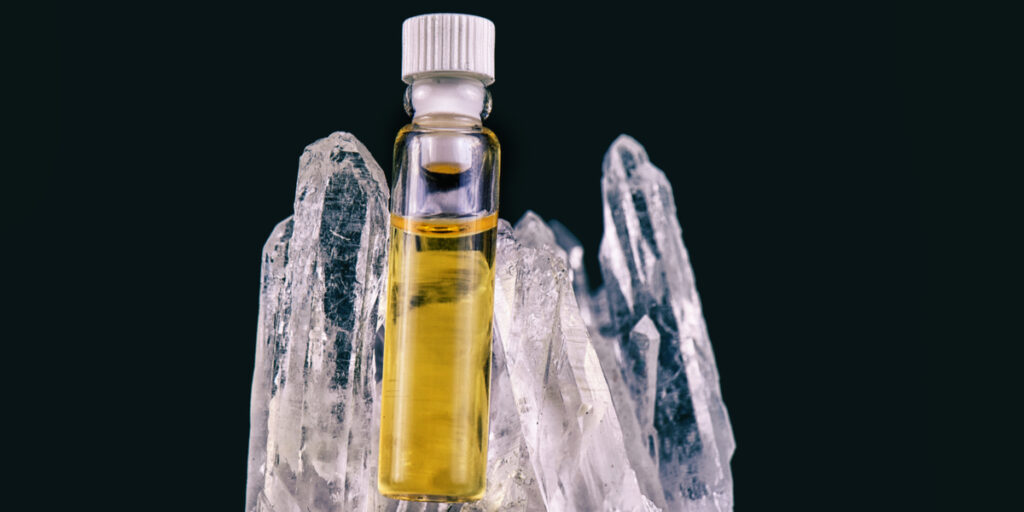
- Type of CBD:
- Full-Spectrum: Contains all cannabinoids, including trace THC, potentially enhancing effects via the “entourage effect”.
- Broad-Spectrum: Includes multiple cannabinoids but no THC, ideal for those avoiding THC.
- Isolate: Pure CBD, which may be less effective for some conditions due to the absence of other cannabinoids.
- Third-Party Testing: Look for products with a Certificate of Analysis (COA) from an independent lab, verifying CBD content and absence of contaminants like pesticides or heavy metals (Healthline, 2024).
- Potency: CBD oils come in various strengths (e.g., 5%, 10%, 30%). Beginners should start with lower-potency options (5-10%) to gauge their response.
- Source: Opt for products made from organic hemp to minimize exposure to harmful substances.
Legal Considerations
In the United States, hemp-derived CBD oil with less than 0.3% THC is legal federally under the 2018 Farm Bill, but state laws vary. Always check local regulations before purchasing or traveling with CBD products ([NCSL, 2023]([invalid url, do not cite])). Internationally, CBD laws differ significantly, so research is essential if traveling abroad.
Conclusion
Taking CBD oil can be a simple and effective way to incorporate its potential benefits into your daily routine. Whether you prefer the fast-acting sublingual method, the convenience of edibles, or the targeted relief of topicals, there’s a method to suit your needs. By starting with a low dose, choosing high-quality products, and timing your intake based on your goals, you can optimize the effects of CBD oil. Always consult a healthcare professional to ensure safety, especially if you’re new to CBD or taking other medications. With the right approach, CBD oil can become a valuable part of your wellness journey, helping you unlock its full potential.
